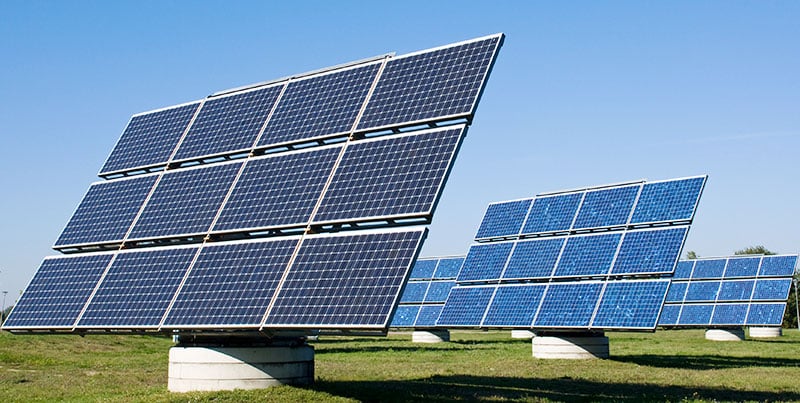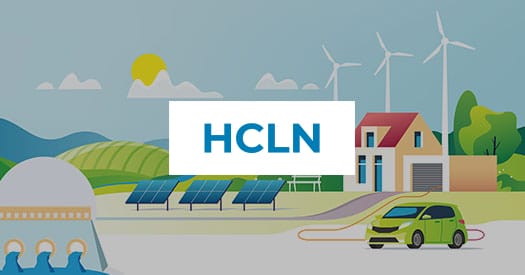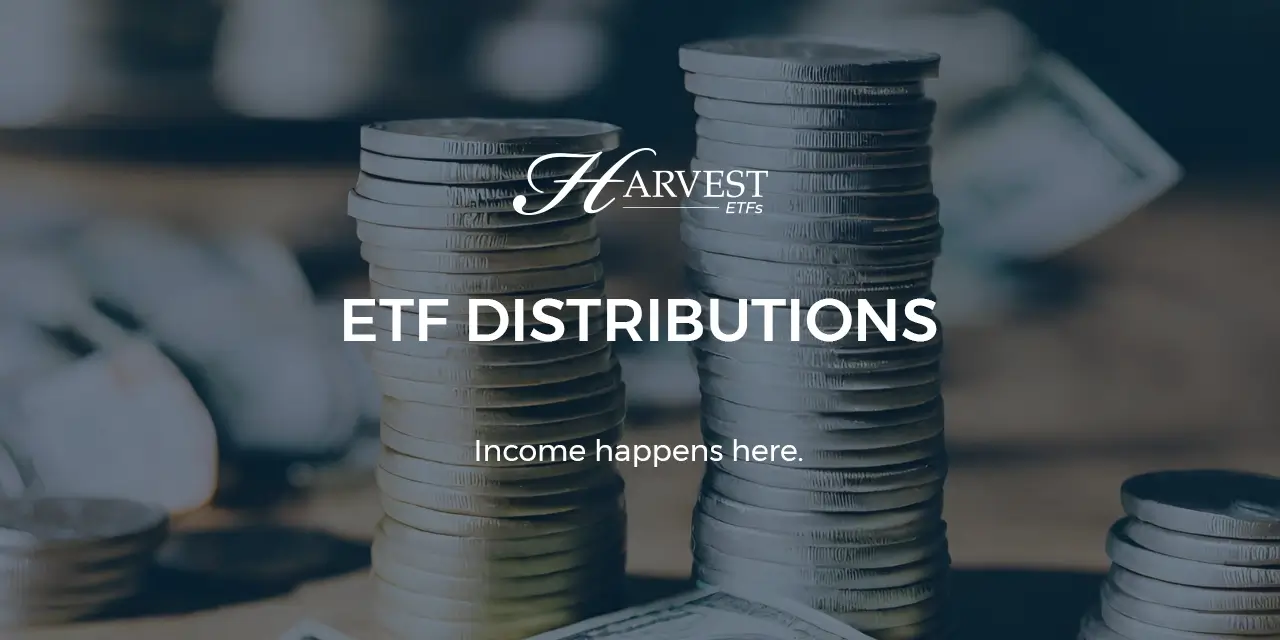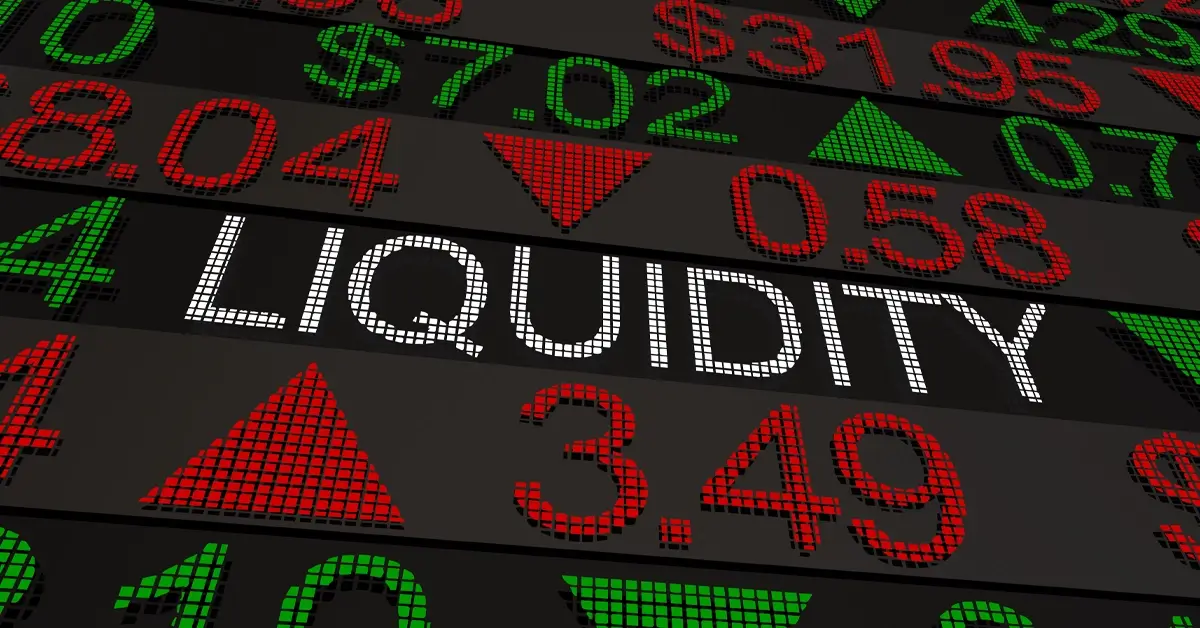By Harvest ETFs

“This is good news for the clean energy sector,” said Mike Dragosits, the portfolio manager at Harvest ETFs responsible for the Harvest Clean Energy ETF (HCLN:TSX). “In many ways this is based on the Build Back Better act, which had an even bigger commitment to climate change but failed in the Senate. That political deadlock was a headwind for some clean energy companies, but this act re-establishes American leadership in the global rise of clean energy.”
What the Inflation Reduction Act will do for US clean energy
That leadership, Dragosits explained, will be asserted through some significant investments and tax incentives for clean energy issuers. Clean energy equipment and services companies installing and maintaining renewable energy infrastructure will also see significant investment. The act includes plans to build 950 million solar panels, 120,000 wind turbines, and 2,300 grid-scale battery plants. It also includes a 30% tax credit for home solar installation, incentivizing individual installations which will benefit equipment & services companies.
Dragosits highlighted that the act also extends vital tax credits for both the solar and wind energy sectors, as well as battery storage. Solar and wind investors had been waiting on news about those tax credits for much of the past year, and stocks in those energy providers jumped as soon as news broke of the Inflation Reduction Act passing the Senate in July.
Markets have continued to greet the news warmly, especially in the solar space. The passage of the act removes a headwind and adds a tailwind to the clean energy Mega-Trend. That said, given the high-growth nature of the sector, Dragosits reiterated that the clean energy sector is not without its risks. While this act is a significant step in humanity’s transition to clean energy, Dragosits emphasized that this is a global phenomenon requiring trillions of dollars invested worldwide.
The good news is that other key economies are still making similar strides towards clean energy.
US renewables progress in a global context
The European Union has been dominating clean energy news for much of the year, with existing renewables plans being ramped up in the wake of Russia’s invasion of Ukraine. The new REPower EU plan adds around 210 billion Euros to phasing out Russian fossil fuels. The economic bloc clearly sees a geostrategic reason for the adoption of clean energy, and recent politics show that member states are willing to suffer some short-term pain to achieve greater energy independence.
China as well has committed to 39% of power generation coming from non-fossil fuels in its 14th five-year plan. Most of that generation will come through solar and wind power, though hydropower and notably hydrogen technology are also key to its production.
Dragosits noted that the Inflation Reduction Act brings the United States in line with its fellow leading economies. The clean energy mega-trend they’re all investing in is, in Dragosits’ words, “unprecedented.”
“I’ve never seen a sector with so much transparency towards where it’s headed,” Dragosits said. “And to have essentially the entire world working towards that goal, there’s no other theme outside of maybe healthcare where you have that similar push.”
Capturing the mega-trend with a clean energy ETF
The Harvest Clean Energy ETF captures the worldwide mega-trend Dragosits highlights by investing directly in the world’s 40-largest clean energy companies by market capitalization. The portfolio management team screens those companies to ensure they are dedicated renewable energy providers or equipment & services companies, not fossil fuel companies with a renewable arm. This gives investors pure-play access to the rise of renewables.
While the sector is still high-growth and not immune to stock market gyrations, Dragosits noted that the investments and incentives in the Inflation Reduction Act—as well as other global initiatives—bring better visibility to the space.
“Adding tax incentives and investments will certainly improve the bottom line for these companies,” Dragosits said. “That is, if you hold everything else constant. We see this mega-trend as a long-term growth opportunity but this bill’s passage has also improved sentiment in the short-term.”
Quoted in this article
 |
By Mike Dragosits, CFAPortfolio Manager |












